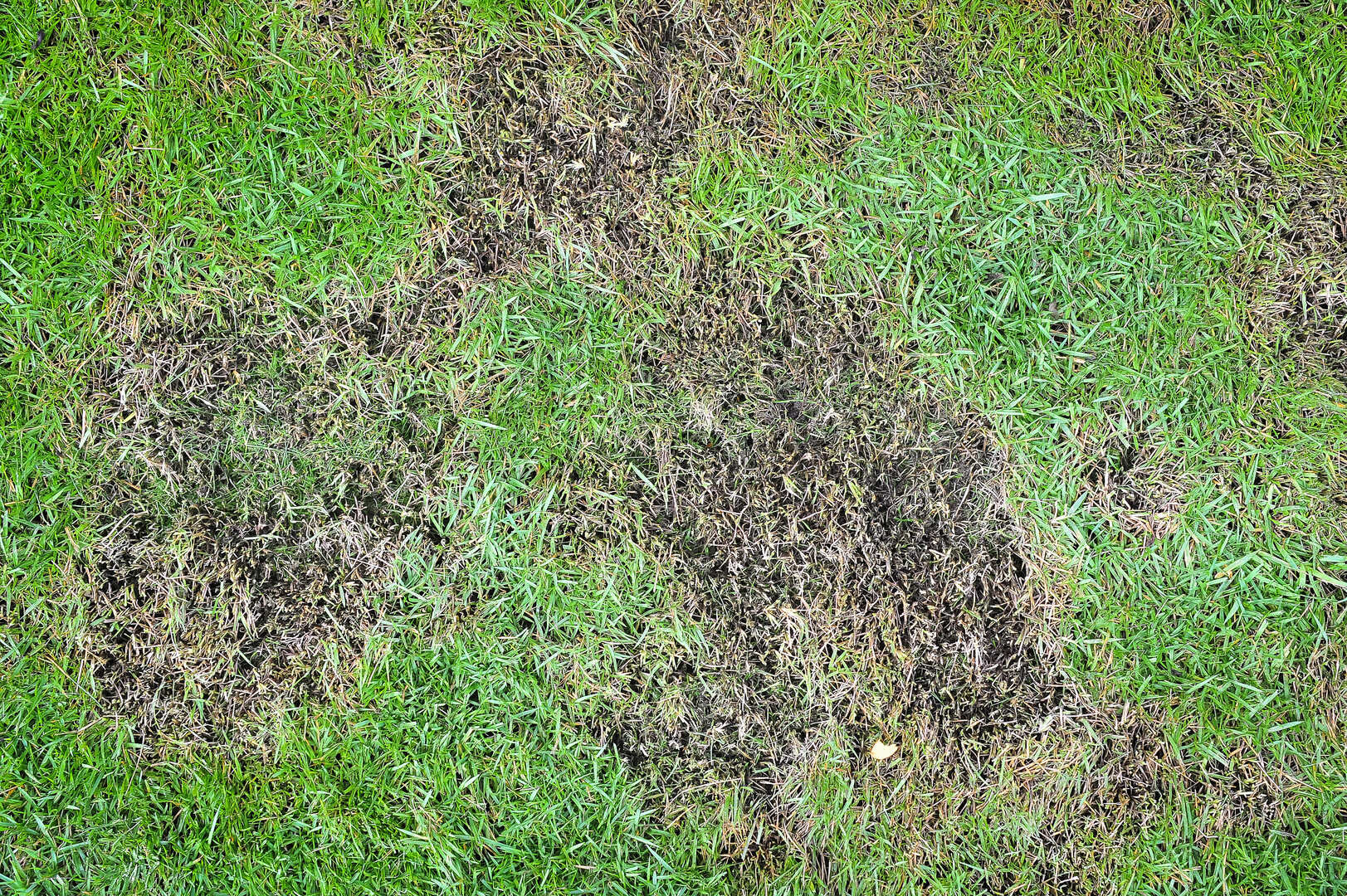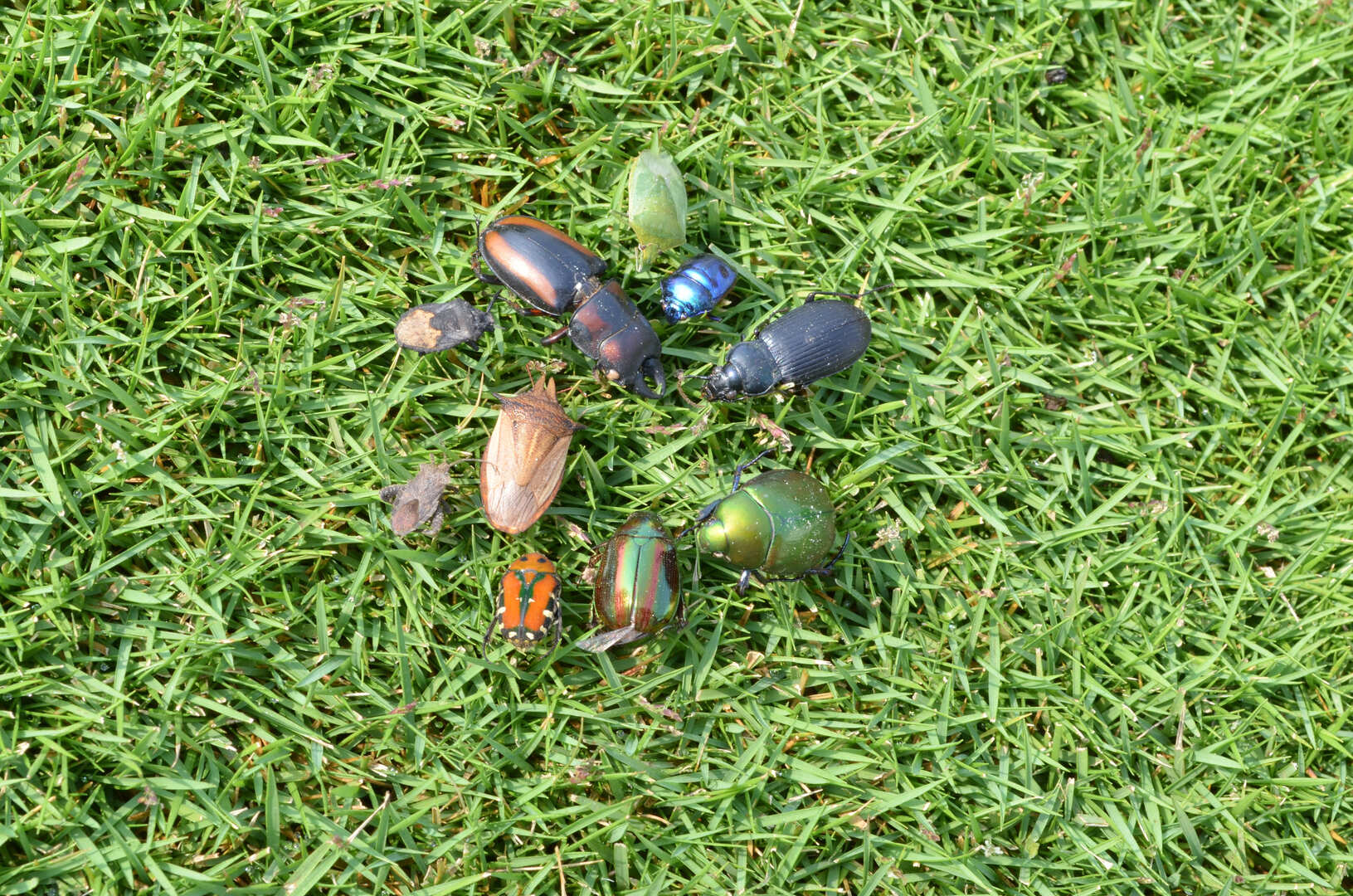Subscribe and save 17% with an annual subscription. Learn more.
Subscribe and save 17% with an annual subscription. Learn more.
Keeping your lawn lush and healthy is a key aspect of effective lawn care, but pesky invaders can wreak havoc if left unchecked. In Australia, a variety of lawn pests pose challenges to gardeners and homeowners alike. This guide will explore the most common lawn pests found in Australia and provide practical solutions for maintaining a pest-free lawn. With the right lawn care techniques, you can protect your lawn from damage and keep it looking its best year-round.
Australia’s diverse climate and environment create the perfect breeding ground for a range of lawn pests. Understanding the types of pests that can affect your lawn and how they operate is crucial to tackling them effectively. Here are some of the most common lawn invaders in Australia:
Description: Armyworms are caterpillars that attack grass blades, creating brown patches on your lawn. They are most active in late summer and early autumn.
Signs of Infestation: Look for irregular brown patches and chewed grass blades. You may also spot the caterpillars themselves, which are often greenish-brown with stripes.
Description: Lawn grubs, also known as white grubs, are the larvae of beetles. They feed on grass roots, causing your lawn to wilt and die.
Signs of Infestation: Check for spongy turf that pulls up easily, revealing C-shaped white grubs beneath. Birds and other predators feeding on your lawn may also indicate a grub problem.
Description: Billbugs are weevils that target turfgrass. Their larvae tunnel into grass stems and roots, resulting in brown patches.
Signs of Infestation: Look for small, brown patches that gradually enlarge. If you see sawdust-like frass around grass stems, it may indicate a billbug problem.
Description: These beetles are particularly damaging to warm-season grasses. Their larvae feed on roots, causing significant lawn damage.
Signs of Infestation: Check for yellowing grass and increased bird activity on your lawn. The presence of beetle larvae is a clear sign of infestation.
Description: Funnel ants create cone-shaped nests in lawns, disrupting the soil and making the turf uneven.
Signs of Infestation: Look for funnel-shaped mounds and disturbed soil. Ant activity is usually more noticeable after rain.
Description: Cutworms are caterpillars that cut down young grass shoots at night, leading to bare patches.
Signs of Infestation: Bare patches and severed grass blades are indicators of cutworm activity. You may also spot the larvae in the soil during the day.

Combatting lawn pests requires a comprehensive approach that includes prevention, early detection, and targeted treatments. Here are some lawn care strategies to help you manage and prevent pest infestations:
Mowing: Maintain a consistent mowing schedule to keep your grass at an optimal height. Taller grass can provide shelter for pests, so aim for a length of 2.5 to 3 inches, depending on the grass type.
Watering: Water deeply but infrequently to encourage deep root growth. Overwatering can create a favorable environment for pests like lawn grubs.
Fertilisation: Apply organic fertilisers to promote healthy growth. Avoid excessive nitrogen, as it can attract certain pests.
Inspection: Regularly inspect your lawn for signs of pest activity. Early detection allows you to address problems before they escalate.
Identification: Accurately identify the pests affecting your lawn. Different pests require different treatment methods, so correct identification is key.
Beneficial Insects: Encourage beneficial insects, such as ladybugs and parasitic wasps, to keep pest populations in check. Planting a variety of flowers can attract these helpful predators.
Neem Oil: Use neem oil as a natural pesticide to control a variety of lawn pests. Follow the manufacturer’s instructions for safe application.
Diatomaceous Earth: Sprinkle diatomaceous earth around affected areas to dehydrate and kill pests. Reapply after rain or heavy watering.
Targeted Insecticides: Use targeted insecticides as a last resort for severe infestations. Select products specifically designed for the pests you’re dealing with and follow application guidelines carefully.
Biological Control: Consider biological control methods, such as introducing nematodes to target lawn grubs. This approach reduces reliance on chemical treatments.

Prevention is a critical aspect of effective lawn care. By implementing preventative measures, you can reduce the risk of future pest infestations and maintain a healthy lawn.
Dethatching: Remove excessive thatch buildup to improve air circulation and water penetration. Thatch can harbor pests and create an ideal environment for infestation.
Aeration: Aerate your lawn annually to reduce soil compaction and promote healthy root growth. This practice helps your lawn resist pest damage.
Variety of Grasses: Plant a mix of grass species to increase biodiversity and resilience. Diverse lawns are less susceptible to pest attacks.
Companion Planting: Incorporate companion plants that naturally repel pests. For example, marigolds can deter harmful insects.
Seasonal Adjustments: Adapt your lawn care routine to the changing seasons. Different pests may be more active at certain times of the year, so tailor your practices accordingly.
Regular Monitoring: Continuously monitor your lawn for any signs of pest activity. Early intervention can prevent minor issues from becoming major problems.
Maintaining a pest-free lawn in Australia requires a proactive approach that combines regular lawn care with targeted pest management strategies. By understanding common lawn pests and implementing effective prevention and treatment methods, you can protect your lawn from damage and enjoy a healthy, vibrant yard.
Adopting organic lawn care practices not only benefits your lawn but also supports a healthier environment. With these eco-friendly tips, you can tackle common Aussie lawn invaders and create a sustainable, beautiful outdoor space. Happy gardening!
We’re close to launching soon! Sign up on our home page to be updated of our upcoming launch.
Stay in the loop with special offers, lawn care tips, and more.


Wirri supports Trillion Trees Australia, the UN Sustainable Development Guide and Pledge 1% among other progressive initiatives.
Wirri acknowledges the Australian Aboriginal and Torres Strait Islander Peoples as the first inhabitants of this nation and the traditional custodians of the lands on which we live, work, and care for our environment. We recognize their continuing connection to land, water, and sky and pay our respects to Elders past, present, and emerging.